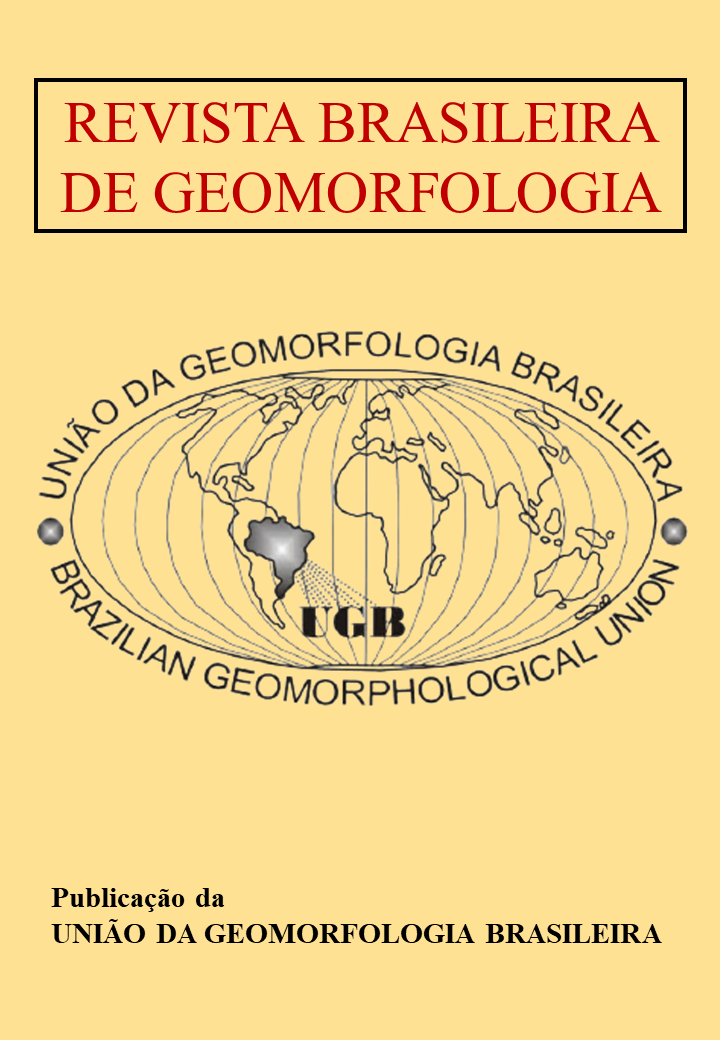A cloud-based and open-source approach to generate landslide susceptibility maps
DOI:
https://doi.org/10.20502/rbgeomorfologia.v25i2.2491Keywords:
Landslide susceptibility mapping, Terrain attributes, Google Earth EngineAbstract
Landslides are devastating events with global implications, impacting human lives and infrastructure. Understanding their patterns of occurrence and identifying susceptible regions is crucial to minimizing their impact. Probabilistic susceptibility mapping is a widely used method for studying landslides, providing a detailed spatial overview. By characterizing the terrain attributes of areas where landslides have and have not occurred, and extrapolating these patterns to the entire study area, a landslide probability map is generated. Although these methods are proven to be efficient, they are often implemented using paid software or restricted access programming languages, which makes it difficult for other researchers to reproduce them. This article presents a free and open-access approach to mapping landslide susceptibility using the Google Earth Engine platform, encompassing all the necessary modeling steps. To illustrate how it works, we carried out a case study for the municipalities of São Sebastião and Ilhabela, in southeastern Brazil. The landslide susceptibility map resulting from this application obtained a ROC curve value of 0.931. 5.4% of the study area is highly susceptible to landslides, and these areas are distributed across the municipalities. Ultimately, this method offers a quick, accessible and low-cost computational solution for an initial mapping of landslide susceptibility.
Downloads
Downloads
Published
How to Cite
Issue
Section
License

This work is licensed under a Creative Commons Attribution-NonCommercial 4.0 International License.
Author (s) retain copyright and grant the journal right of first publication with the work simultaneously licensed under the Creative Commons Attribution License that allows sharing the work with recognition of its initial publication in this journal.








